Pick microlearning for a responsive and fast eLearning option
In times of crisis we often ask ourselves, how quickly can we enable our audiences and communities to be able to help themselves and others? How can we be responsive in our support? Online learning resources are a common answer. But online learning comes in so many different forms, how can you know which might be right for your community?
Here we discuss the differences – strengths, weaknesses and use cases – of two of the most popular learning formats that we are being asked to develop: macro learning and microlearning.
Macro learning is the most common learning format you see today. Macro learning includes the long form eLearning courses you see online that are being provided by Universities, and alternative learning spaces like Coursera, Skillshare, and MasterClass. Macro learning is modular courseware for tackling big topics and developing skills.
Microlearning is made up of micro-lessons which are 5-minute lessons designed to answer a specific question. But how effective can 5-minute learning be? Why should we consider microlearning over or alongside macro learning?
Microlearning
There are so many benefits to opting for microlearning over traditional online and blended learning solutions for organizations that aim to engage their communities and be responsive to needs.
If you work with communities that have struggled to learn or engage with learning in the past, microlearning can be very helpful. Many types of learners appreciate that it’s informal, just-in-time learning that arrives in their moment of need to support them. Depending on your learner profiles, microlearning is appealing as it takes less time than other online learning formats, while also having the potential to be quite effective.
Organizations may prefer creating microlearning courses and products because they cost much less to produce and improve on over time. As Ray Jimenez, Ph.D. explains in his book 3-minute Learning “By focusing on the 20% content that allows e-learners to apply ideas instantly and get results quickly, two dramatic benefits materialize - the cost is down to 70% and the speed of development is 300% faster. It improves the quality and value of learning and application and the approach of development” (2006, p.29)
This time-savings also explains why change-agents use microlearning – it’s very easy to quickly adapt the content to address emerging needs, opportunities and risks. Ultimately, microlearning is a highly agile learning tool that can meet many of our current learning needs.
That said, microlearning is not always the best solution when your learners need a comprehensive learning experience. We should be careful not to assume that microlearning is the solution to low engagement or participation in elearning courses because microlearning cannot replace macro or longer form learning – they simply have different use cases.
So, what can microlearning do for you? Here are some situations or use cases that work well for microlearning and where we would recommend sticking to macro or longer form learning which focuses on teaching larger topics.
Use microlearning for:
Brief and immediate learning. Targeted learning that can enable someone to get a new task done or access relevant knowledge fast. Microlearning is effective for professional learning where the intrinsic motivation of “getting it done” or “doing it right” is present in the learner.
Sustainable, long-term learning. Learning that is best practiced in short-bursts regularly over long periods of time. Microlearning is an effective tool when your goal is to create a mindset and prompt a culture shift within an organization or community. This learning takes time, evolves, and never really ends – only deepens.
On-going practice. Microlearning is a useful supplement to more challenging topics addressed in macro or long-form learning eCourses and workshops. Microlearning is effective when used to enable on-going practice, refresh memory or reinforce prior training. Microlearning can be used as a job-aid, including scenario-based content, interactions and moments for reflection.
Quick, effective reference to job-related FAQs. Microlearning is helpful to supplement remote workers and new workers who need quick answers to questions to be able to move forward. Microlearning can replace the informal learning where one colleague turns to another more experienced colleague to learn something new. As a rule of thumb, if someone has a question that they’d otherwise answer with a perfect Google search, then microlearning can be helpful.
Want to know more about the potential of microlearning for your organization? Download our report which reviews the science-based literature on microlearning best practices, benefits, components.
It’s important to keep in mind that while microlearning is trending, long-form learning content doesn’t have to mean boring. Not everything can be learned in under 10 minutes. If your subject matter, goals, and requirements necessitate you go the long-form route, we’d recommend making engagement and effectiveness your priorities. This way, you can ensure that your learners get the most out of the learning product or experience you create for them. If you’re unsure how to promote engagement in your learners, we’d recommend starting with developing your learner persona. Learner Personas are the foundation of any transformative learning experience.
If you want to learn more about your online learning options, whether it’s macro learning modules, micro lessons, or something else we’d be happy to give you a free consultation.

